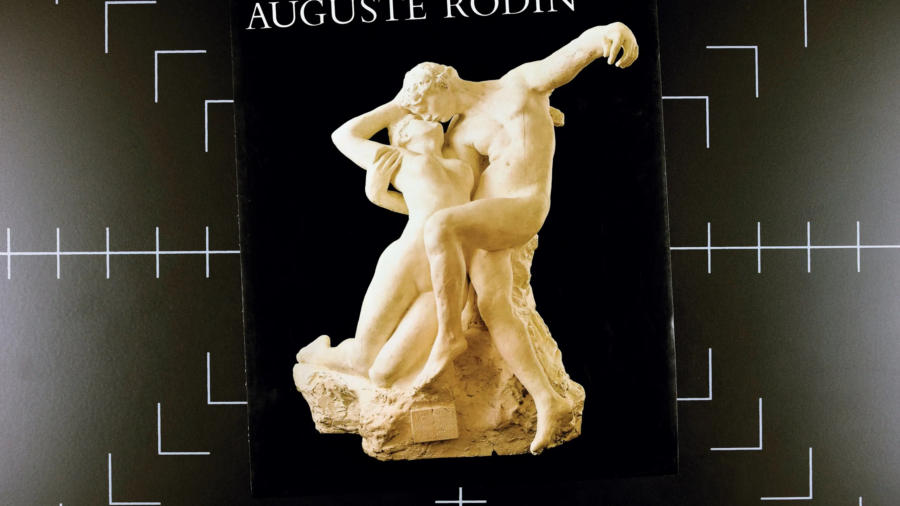March 25, 2022
Download as PDF
View on The New Yorker

Art work © Mungo Thomson / Courtesy the artist / Karma
Information overload verges on the sublime in “Time Life,” an exhibition of seven ingenious, relentless stop-motion videos by the California conceptualist Mungo Thomson, on view at Karma through April 16. The show borrows its title and some of its visuals from Time-Life Books, a direct-mail imprint founded, in the early sixties, to showcase the vast photo archives of Time and Life. (The series’ popularity waned with the rise of the Internet.) Thomson was also thinking about book digitizing, in which the physical copy is often sacrificed—its spine broken, its pages excised—to guarantee an archival ever-after online. To make his new videos, which vary in length from two to twelve minutes, Thomson humanized the process—or, perhaps, made himself into a machine—by systematically rephotographing tens of thousands of pages, a project that took a decade to complete. The images flash by on a thirty-foot-wide screen at the heart-pounding rate of eight pages per second, covering six almost absurdly broad themes (food, exercise, flowers, knots, questions, and color) and one engrossingly narrow one: the complete sculptures of Auguste Rodin (pictured, in a detail, above), who maintained an obsessive photographic record of his own work. Soundtracks supplied by experimental musicians, including a field recording of Hurricane Sandy by Lee Ranaldo, heighten the exquisite tension of Thomson’s high-speed paean to endurance and obsolescence.



